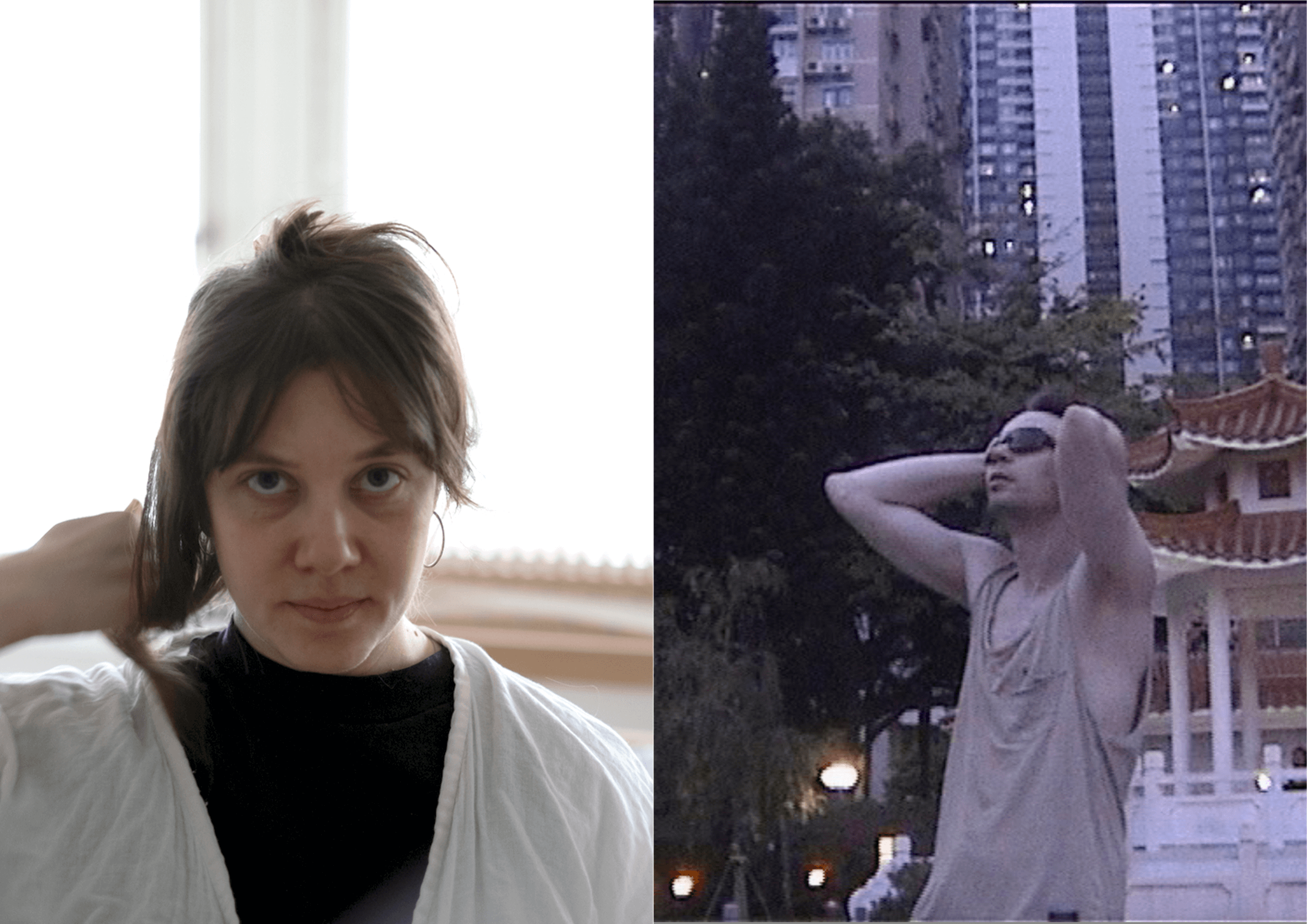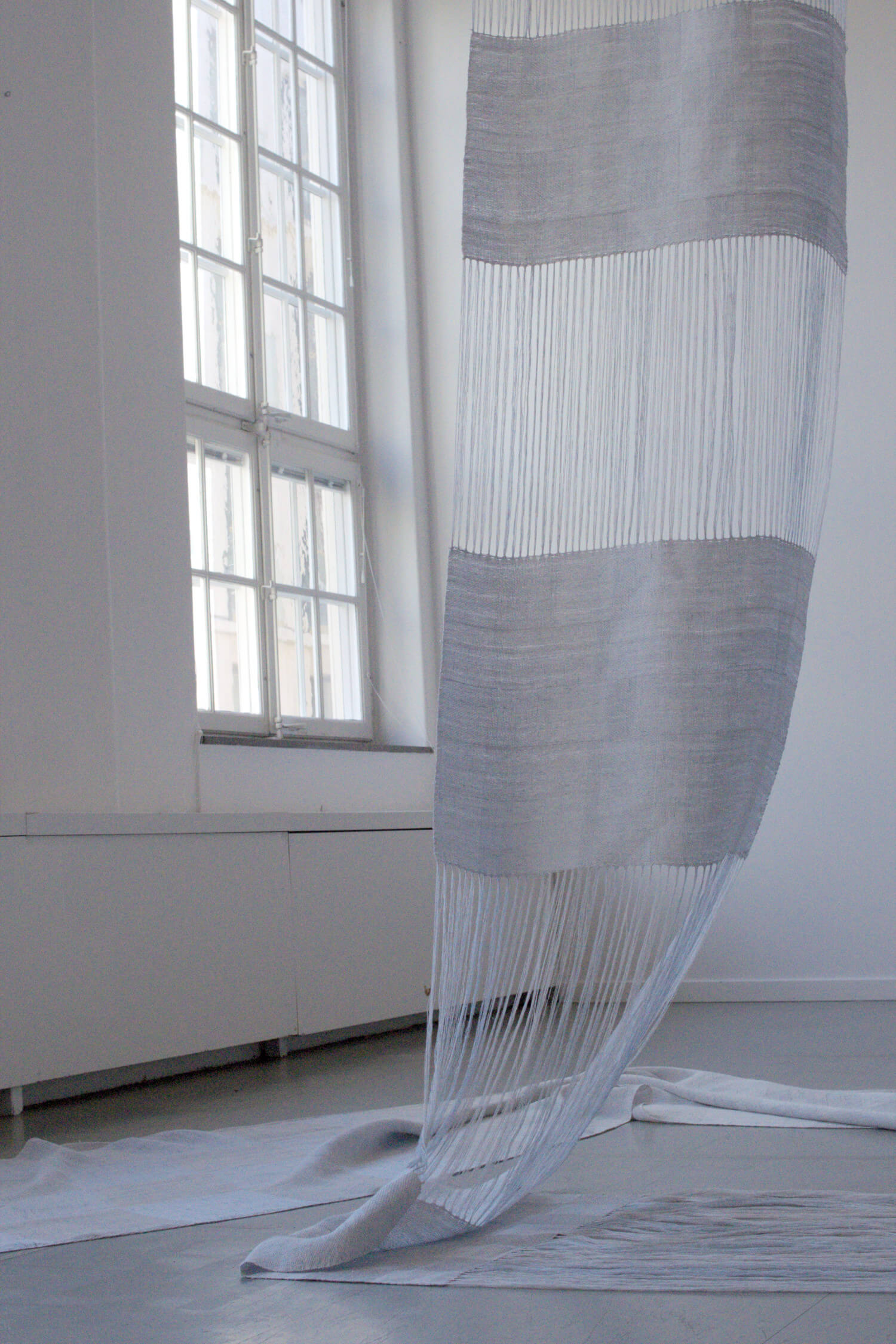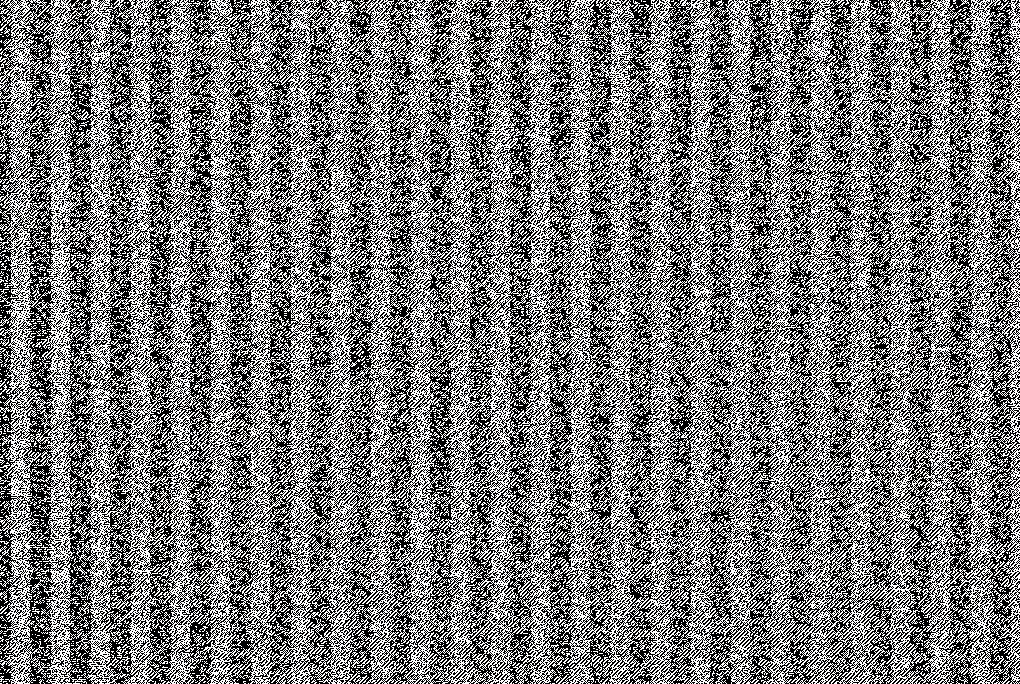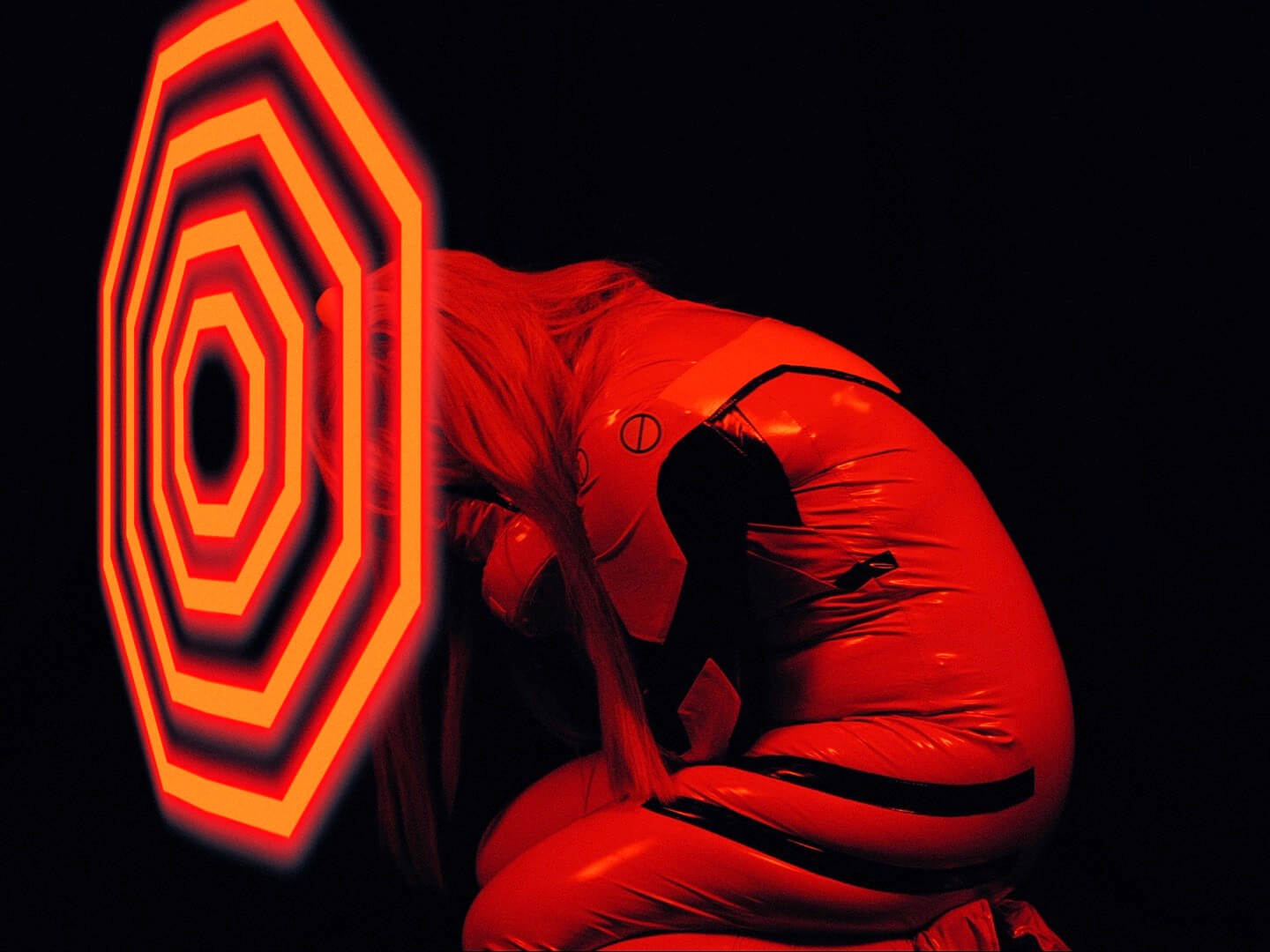Studio17 Residency
Sara Elggren & Anders Häger Jönson
Studio17 Residency is excited to welcome artists Anders Häger Jönson and Sara Elggren for an exciting collaborative residency in Stavanger!
Anders Häger Jönson specializes in merging diverse elements of popular culture through video and text. His innovative approach involves using digital and older video technologies, like game consoles and CRT TVs, to create new aesthetic worlds. By experimenting with aspect ratios, frame rates, and image resolutions, Jönson explores collective memories and their sociocultural connections. His work often intersects with fandom culture, presented in public spaces like fan conventions, encouraging broader audience engagement. At Studio17, Jönson will delve into early digital video techniques from the 1990s, aiming to blend these aesthetics with modern digital tools.
Sara Elggren focuses on woven objects, exploring the spatial and temporal properties of materials. Her work examines the relationship between weaves and their historical, dream-like, and temporal contexts. Utilizing weaving notation, similar to music notation, Elggren bridges the past and present, reflecting on its significance in textile industrialization and computer code development. She has worked collaboratively in various artist-run residencies and interdisciplinary groups, using media such as print, film, text, and sound to animate the narratives and myths inherent in weaving.
Elggren and Häger Jönson have for several years collaborated in research projects, as well as assisted each other in their respective artistic practices, but not yet created anything notably materialized/physical together. They would thus use the time and spaces at Studio 17 to work on physical and spatial sketches for new collaborative and intertextual works. How do we critically combine our specific digital and embodied knowledges? What would it look like, how can we use our previous experiences of working with site-specific spaces and critical pedagogical practices to challenge perception, negotiating historicization and cultural translation, within what’s arising in these specific cross-counters of video and weaving?




